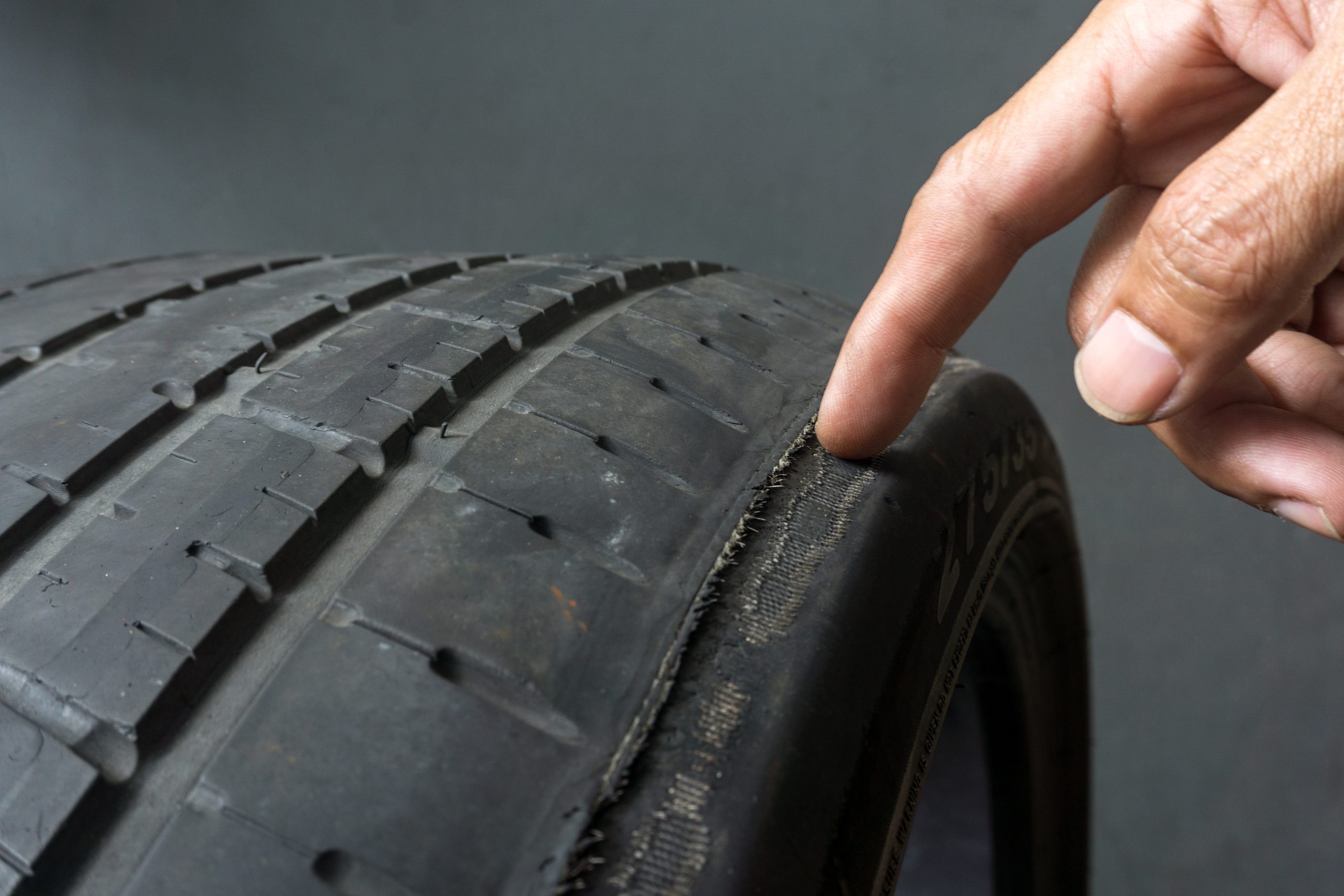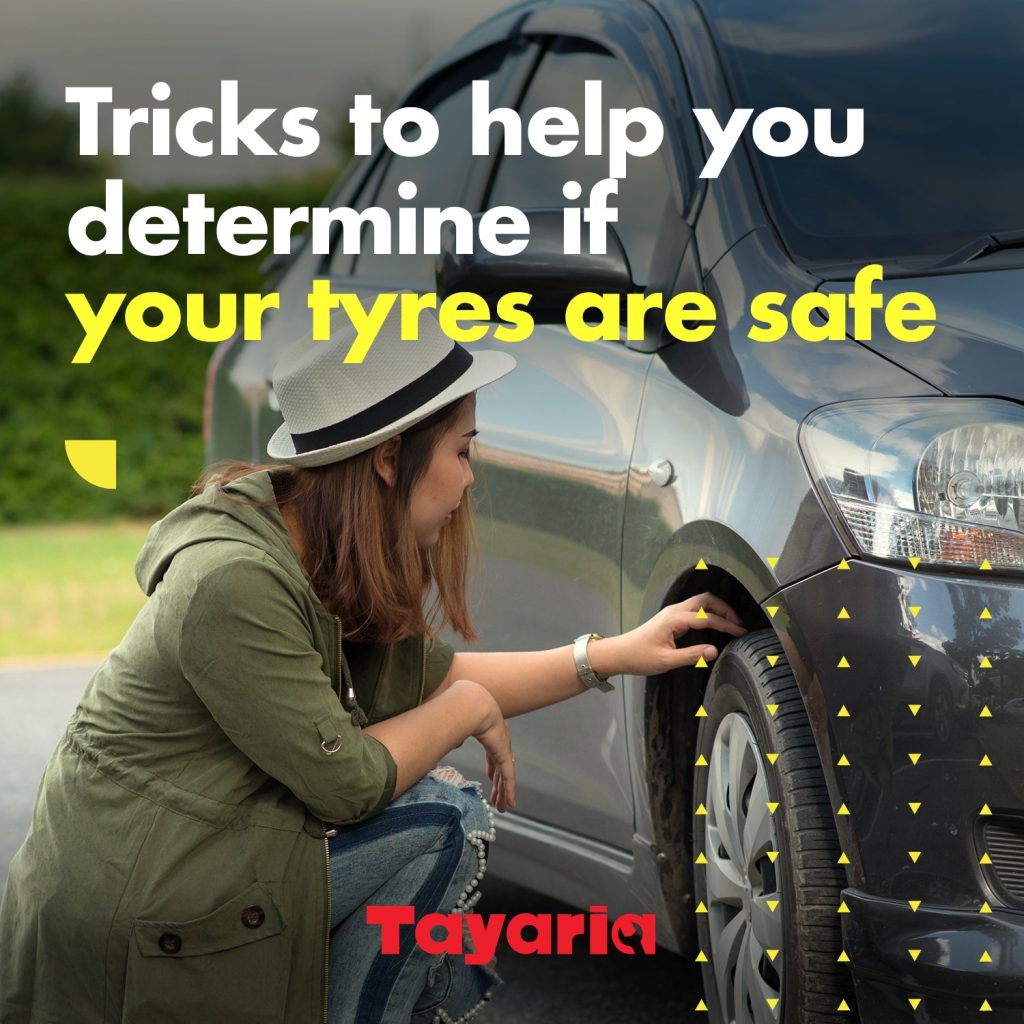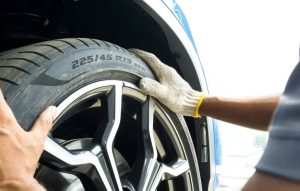Your tyres are the only point of contact between you and the road, so it pays to look after them, regardless of whether your tyres are a premium brand like Goodyear or Pirelli, or whether they are from a budget tyre manufacturer.
Regular tyre maintenance checks should be included as an important part of your car care programme. Taking care of your tyres will help keep you safe and save you money.
It’s simple to do, and you don’t need to be technical expert to do it either, so here are a few key tips to help you make sure your tyres are fit for the road.
1. Check Your Tyre Pressures
Tyres naturally lose pressure over time, so it’s important to regularly check your tyre pressures.
Underinflation can cause damage to your tyres and become harder to control as well as increase your fuel costs. It can also lead to faster tyre wear, particularly on the outer edges of the tyres.
By the same token, overinflation can also negatively impact tyre performance.
The tread will wear quicker in the centre of the tread and the tyre may suffer from a lack of grip due to the reduced amount of tread that is in contact with the road.
To check your tyre pressures, simply use a pressure gauge which can purchase from a car accessory store or check them at a garage. Your car manual will indicate the recommended tyre pressures.
If your tyres seem to be losing pressure regularly, then you may have a slow puncture or there may be a problem with the valve or with the rim.
In that case, pay a visit to your local Tayaria store or your nearest tyre shop, and they will be able to help.
2. Check Your Tyre Treads
The tread on your tyres is vital in maintaining grip on the road, traction and providing resistance to aquaplaning in wet weather.
The most important check you should do is to make sure that your tyres have sufficient tread left on them.
The minimum legal tread depth in Malaysia is 1.6 mm, but most tyre experts recommend that you should think about replacing your tyres when the reach 3mm.
The lower the tread depth, the less able your tyres are to prevent aquaplaning in wet weather.
Another key check to make is to look for uneven tyre wear. If your tyres are worn more in the centre of the tread they may be over-inflated.
If you have inner tyre wear and outer tyre wear, the tyres may be under-inflated. However, if they are worn on just one edge or if there are saw-toothed patterns of the tyre edge, the wheels may be misaligned.
In this case you should visit a Tayaria outlet for an alignment check. Misaligned wheels can cause poor tyre performance, result in premature tyre wear and increase fuel consumption.
Other signs of misalignment are if your car is pulling to the left or right as you drive or if the steering wheel vibrates as you drive.
3. Check for Tyre Damage
It’s worth carrying out a regular check on your tyres to check for any signs of unusual wear or damage.
In particular, keep an eye out for bulges, tyre sidewall cuts, tyre bead damage or objects embedded in the tyres as these may need to be investigated more thoroughly by a tyre service expert to make sure your tyres are still safe.
Stones embedded in the tread should be removed.
Signs of tyre cracking in the sidewall rubber may be a sign of tyre ageing, or underinflation. If you spot cracking the sidewall rubber, bring your vehicle into your local Tayaria outlet for an assessment.
4. Don’t Overload Your Car
Overloading your car puts extra pressure on your tyres, which can result in poor handling, excessive tyre wear and an increased risk of a blowout.
If you are carrying a heavy load or have a car full of passengers, check the recommended inflation pressures in your manual and adjust the pressures accordingly. On no account exceed the maximum load limit for your tyres.
5. Maintain Good Driving Habits
As well as carrying out regular tyre maintenance, there is plenty that you can do to make sure you don’t cause any unnecessary damage to your tyres.
The key is to drive as smoothly and consistently as possible, avoiding heavy braking, accelerate progressively and minimise stopping and starting.
In addition, avoid bumps, potholes and road undulations wherever possible, take care with kerbs and slow down for speed bumps.






